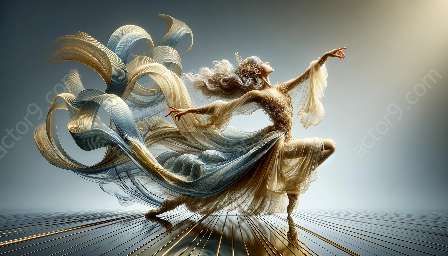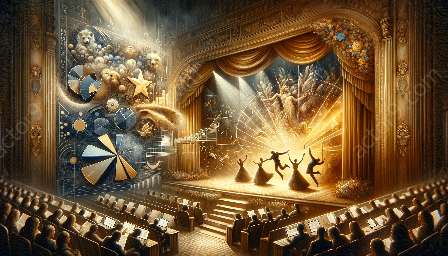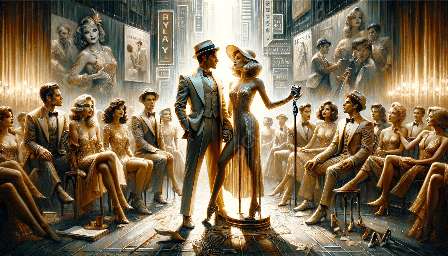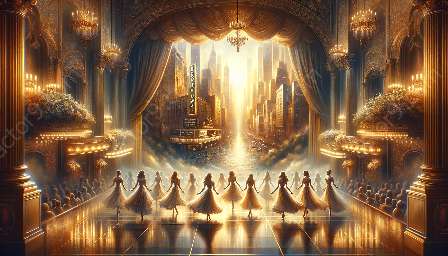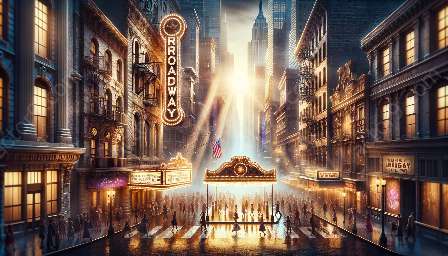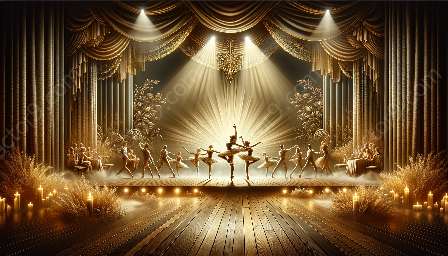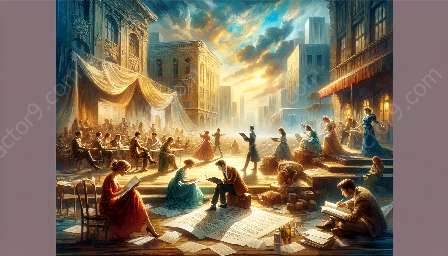As an art form that combines music, drama, and dance, musical theater has a unique ability to convey a wide range of emotions through movement. This synergy between movement and emotion is a core component of the immersive experience that is Broadway and musical theater.
At the heart of this intricate relationship lies the art of Broadway choreography, where movements are meticulously crafted to express the emotions and narrative of the story being told. Whether it’s the joy and exuberance of a lively dance number or the poignant portrayal of heartbreak and longing, the choreography in musical theater serves as a powerful conduit for evoking emotion in audiences.
The Interplay of Movement and Emotion
One of the most compelling aspects of musical theater is its ability to capture the nuances of human emotion through movement. In a well-choreographed Broadway production, every step, gesture, and expression is purposefully designed to convey the inner workings of the characters, drawing the audience into their world and evoking empathy.
For instance, a graceful and synchronized ensemble dance can convey a sense of unity and celebration, while a solo dancer’s poignant movements can encapsulate personal struggles and triumphs. The dynamic interplay between movement and emotion in musical theater elevates the storytelling experience, creating a multi-dimensional tapestry of human experience that resonates with audiences.
Broadway Choreography: An Artistic Expression
The art of choreographing for Broadway requires a deep understanding of the emotional arc of the story and characters, as well as the technical prowess to translate these emotions into impactful movements. Broadway choreographers meticulously map out every dance sequence, ensuring that each step and formation aligns with the emotional cadence of the narrative.
Furthermore, the synergy between music, lyrics, and choreography in musical theater is a testament to the artistry behind Broadway productions. The seamless integration of these elements allows for a harmonious portrayal of emotion through movement, effectively immersing the audience in the emotional landscape of the performance.
The Immersive Nature of Broadway and Musical Theater
Broadway and musical theater, with their larger-than-life productions and captivating performances, offer an immersive experience that transcends the traditional boundaries of stage and audience. The fusion of movement and emotion in these productions creates a sensory journey for theatergoers, drawing them into the emotional tapestry of the show.
From the grandeur of ensemble dance numbers to the intimate portrayal of individual characters through movement, Broadway and musical theater transport audiences into a world where emotions are palpable and movement becomes an eloquent language of expression.
The Impact of Movement and Emotion
The impact of movement and emotion in musical theater is far-reaching, leaving a lasting impression on audiences long after the final curtain call. When choreographed and performed with precision and artistry, movements in musical theater have the power to evoke genuine empathy, ignite passion, and convey the depth of human experience.
Ultimately, the dynamic relationship between movement and emotion in musical theater, especially within the realm of Broadway, continues to captivate and enthrall audiences, underscoring the enduring power of this art form to connect on a profound emotional level.




